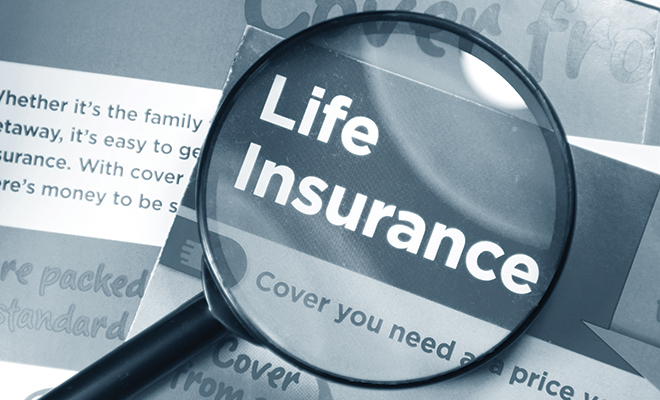
Clearing up confusion about life insurance
Buying life insurance can be complicated and consumers often find that choosing is confusing. But with the help of a good insurance agent, you can find the policy that fits your family’s life circumstances and your budget.
If you are single with no dependents, you probably can skip buying life insurance. However, if your life segues into a marriage or if you have dependent children, consider purchasing a policy that can protect and provide for your spouse and dependents. While there are a literally scores of policies available, the three most common types are term life, whole life and universal life. These options break down into two categories, temporary and permanent.
Term Life
Term life is temporary life insurance; policyholders pay a set amount each month and beneficiaries are guaranteed a specific cash payment if the policyholder dies while the policy is in effect. This is an inexpensive policy with no investment advantages, a popular choice with younger people who have families but a limited amount to spend. To get a term life policy, the insured needs to pass an initial health exam. Some policies allow you to skip this step, but be prepared to pay considerably more if you choose a no-physical-exam option.
Term coverage lasts for a set period of time, usually from 10 to 30 years, in 5-year increments. Once in effect, premiums cannot increase during the term of the policy, even if a policy owner’s health declines. But at renewal, the end of the set period, premiums can rise substantially. With some policies, premium costs are based on more than just age and health. Risky jobs, risky hobbies, bad credit scores and bad driving records can drive premiums higher.
Term insurance can be a good choice for some, but it may become very expensive in the long run. Once a family’s income increases, many people, especially those who anticipate the need for life insurance beyond age 50, convert their policies to permanent life insurance.
Whole Life
Whole life is the most popular type of permanent life insurance. Holders of these cash-value policies pay a regular premium and are promised that a fixed amount will be paid to beneficiaries at death. These policies increase in value through tax-deferred investments chosen by the insurance company. Premiums can rise with age.
While this is a good way to have the assurance of a life insurance policy, these aren’t meant to be a substitute for a retirement fund. The growth in the fund and its cash value act to offset the rising cost of insurance as the policyholder ages.
Universal Life
Universal life is more flexible than whole life. This permanent insurance doubles as a money-market mutual fund stock and bond investment. Since there is a chance of a higher rate of return than with whole life policies, there is also more risk. Investors can lose money. And remember, the chief purpose of life insurance is to provide money for those left behind rather than to act as an investment vehicle.
These policies are not for everyone, but there are reasons to choose universal life insurance. Like 401Ks or IRAs, these are tax-deferred investments and can be useful for those who have maxed out the amounts that they can contribute to their pre-tax retirement accounts.
Final Expense
You’ve likely seen policies advertised on TV targeted at people 50 to 85, paying out from $5,000 to $25,000 at death. These are designed to pay for funeral expenses and cover debts and they tend to be very expensive; the medical exam is usually waived, and this drives up the cost of the policy. If you are considering one, check how many years a policyholder must hold the policy until the insurance company will pay out; it’s usually two years. Consumer groups consider these policies to be predatory. For the same premium, it may be possible to get more coverage with an underwritten term life policy.
Setting Policy Limits
Once you chose a policy, how do you decide how much to purchase? There are some quick ways to estimate. First, take the amount of your yearly take-home income and multiply that by the number of years your family will need the money for basic living expenses. Then, add in burial costs and the amount of debt you will need to pay off, including credit cards, a mortgage, car loans and student loans. Add other possible future expenses such as college for the kids. Finally, subtract any savings or investments that could be used for living expenses. The final number is an estimate of how much life insurance you should purchase.
Remember, no matter what kind of policy you have, if you stop paying premiums and your policy lapses, coverage will disappear. Talk to your insurance agent; she can explain the details of any policy and help you determine which one is right for your situation. ■
Sources: bankrate.com, iii.org, investopedia.com, goodfinancialcents.com and moneychoice.org.







